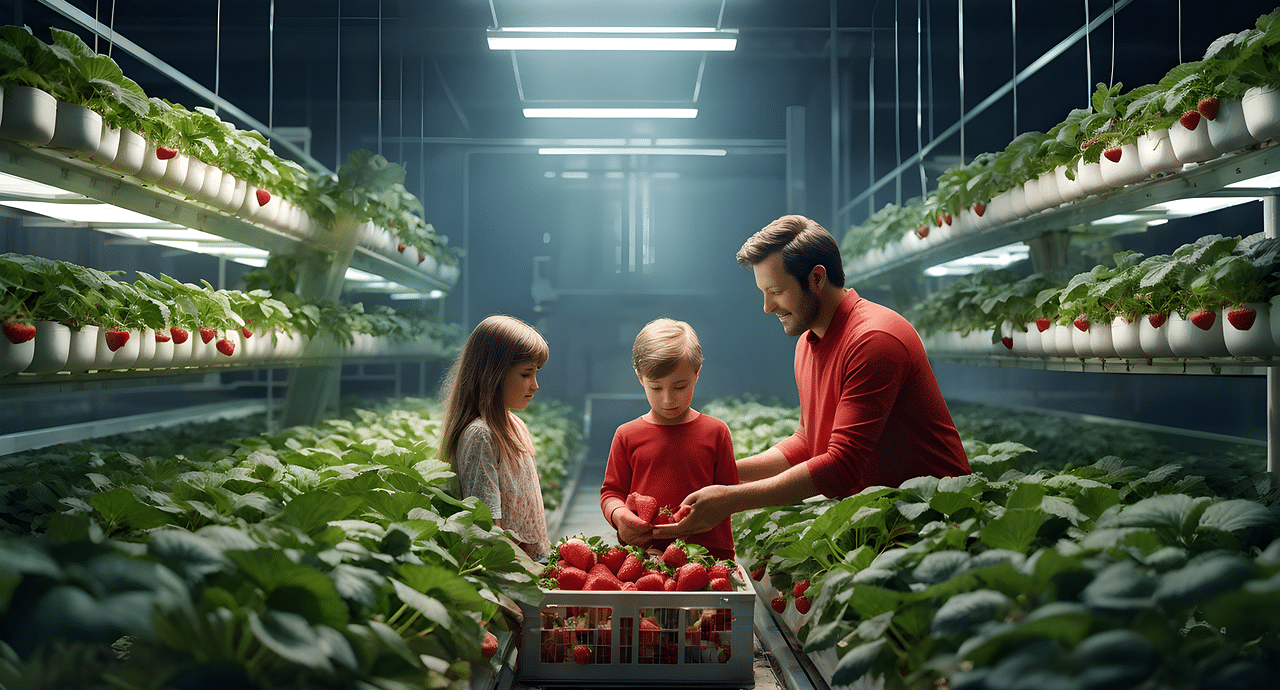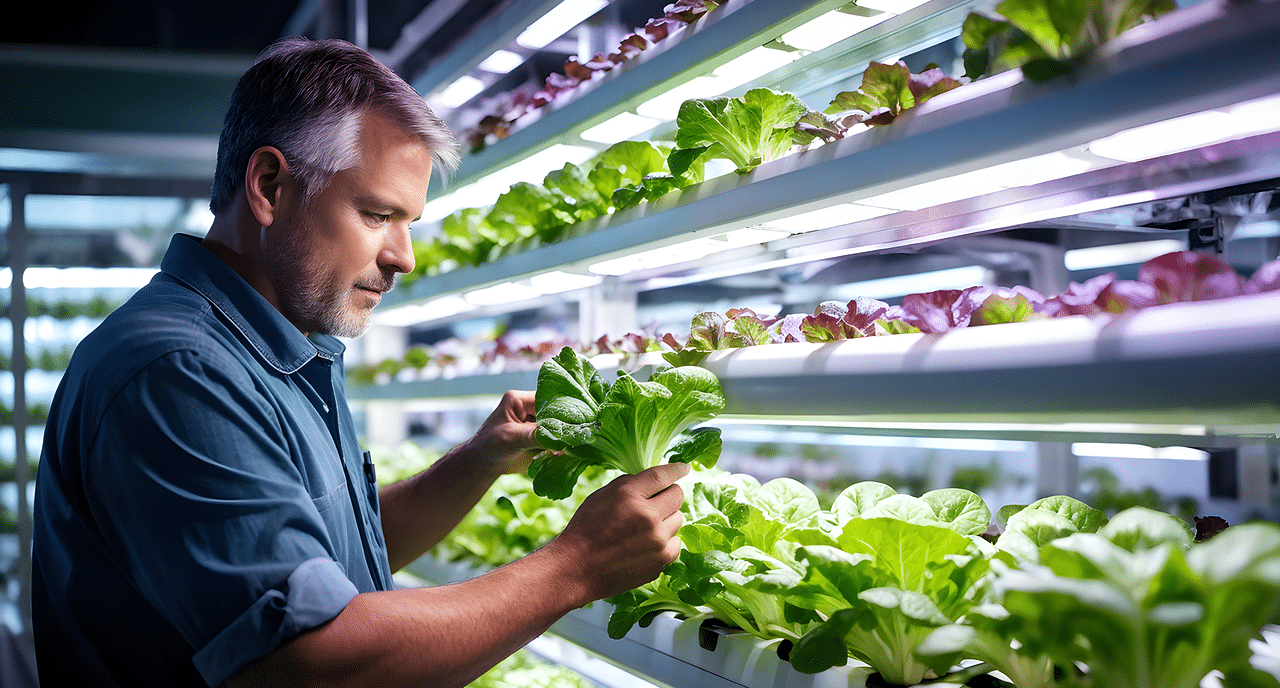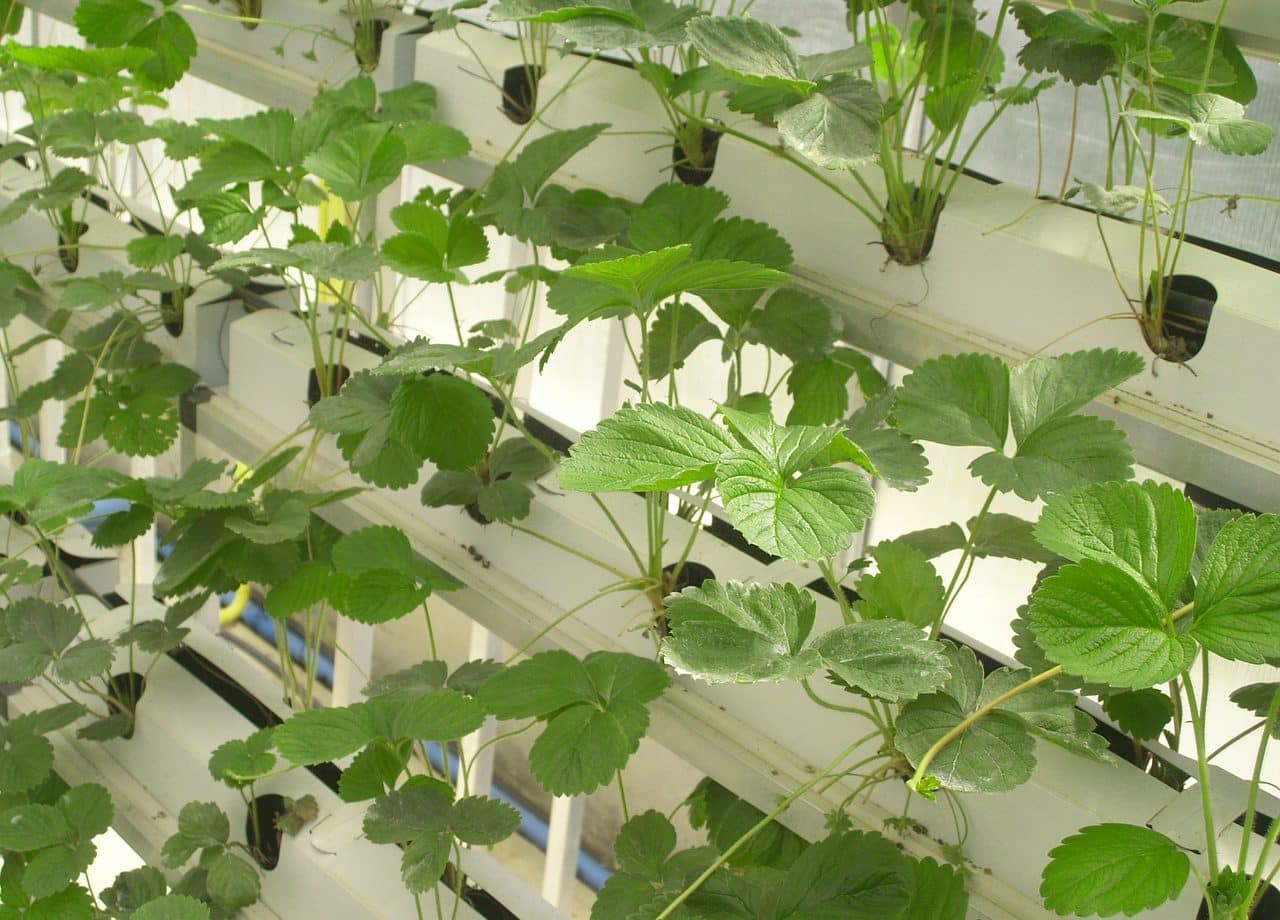
Vertical farming allows the development of urban farms.
Vertical farming is a growing methodology that is based on stacking . This implies that production is carried out in layers or levels that are located on top of each other with the aim of optimizing the use of space.
It should be noted that the notion of agriculture refers to tillage or cultivation: the development of the actions necessary so that plants can sprout and develop. Vertical , on the other hand, is described as that which is perpendicular to the horizontal plane.
Due to its characteristics, vertical farming involves growing crops far from the ground . That is why trays are used where the pots are located and technological resources are usually used to control environmental factors.
Your story
Different stages can be recognized in the history of vertical agriculture. There are those who say that its origin was the construction of the Hanging Gardens of Babylon in the 6th century BC . Considered one of the Seven Wonders of the Ancient World , they were developed on terraces on the side of a mountain, with a water reservoir in the upper area from where the canals used for irrigation started.
It should be taken into account, however, that it is not known exactly if these gardens really existed. That is why many analysts place the beginnings of vertical agriculture much closer in time, specifically in the 20th century .
In this sense, the American geologist Gilbert Ellis Bailey is mentioned as its inventor. This scientist published his work "Vertical Farming" in 1915 , associating the concept above all with urban agricultural practices that took place on terraces or rooftops .
What Bailey proposed was that superimposed shelves be used to house the plants, whose roots were introduced into a solution with nutrients. Thus, according to his vision, space and water were saved and food production could be increased without having to look for new arable land.
A new push for vertical farming took place in the late 1990s by university professor Dickson Despommier . This expert, analyzing how to reinforce food security in cities with high population density, established that buildings could be used to grow crops through hydroponics , creating soilless crops with plants that were nourished through mineral solutions.

Sustainability is one of the pillars of vertical agriculture.
Types of vertical farming
It is possible to differentiate between several types of vertical agriculture:
- Vertical farming with substrates : Plants grow in substrates that can be based on different components and receive nutritional supplements.
- Vertical farming with aquaponics : The production of vegetables and fish is combined in hydroponic systems, with the plants taking advantage of animal excrement as fertilizer, in addition to receiving supplements.
- Vertical farming with hydroponics : Plant growth occurs in aqueous solutions with the necessary nutrients.
- Vertical farming with aeroponics : The specimens remain with their roots suspended in the air, being sprayed regularly with nutrient solutions.
The use of technology
For vertical farming to be carried out, it is necessary to have the appropriate resources. An essential element is the infrastructure that allows the orderly and safe stacking of crops .
On the other hand, the application of technology is required to control environmental factors , as happens in greenhouses and other types of indoor agriculture. Artificial lighting to supplement or complement sunlight is very important. Nowadays, an LED growth light is usually used.
Cooling and heating systems, on the other hand, are essential to maintain the temperature at optimal levels.
In this framework, climate control must include humidity management to prevent the proliferation of fungi and diseases. Therefore, dehumidifiers are relevant.

Vertical farming contributes to water efficiency and precise fertilization.
Advantages of vertical farming
The main advantage of vertical farming is the use of space . As crops are stacked, more produce can be produced using less land.
It must be taken into consideration that the land available for cultivation is increasingly limited. Faced with this limitation, its value tends to rise, which means that agricultural practices have profitability problems. Using the land in a more efficient way, therefore, is transcendental.
Vertical farming, on the other hand, requires a smaller amount of water than conventional methodologies. With hydroponics , for example, the use of water is much more efficient.
Other advantages are related to the location of vertical farms. When its development occurs in an urban center, the distances for transporting food to places with greater population density are reduced. This helps minimize costs, provides access to fresher produce , and improves food safety.
With vertical farming, there are also no losses linked to seasonal changes or flooding, the use of herbicides and pesticides is reduced, and local jobs are created.
Its disadvantages
Beyond the benefits, several points are also pointed out against this type of agriculture. One of the most mentioned disadvantages is the high energy consumption associated with air conditioning. This dependence on energy, in turn, requires having backup systems in case of eventual failures or interruptions of the electrical service.
On the other hand, vertical farming requires advanced technical knowledge for the installation of infrastructure and efficient management of resources. Another aspect to consider is susceptibility to diseases that are transmitted through the aquatic environment, where the spread is usually very rapid.
Nor can it fail to mention that there are species that cannot adapt to this type of agriculture. Those with very long roots and larger plants may have difficulties with the limited space.
